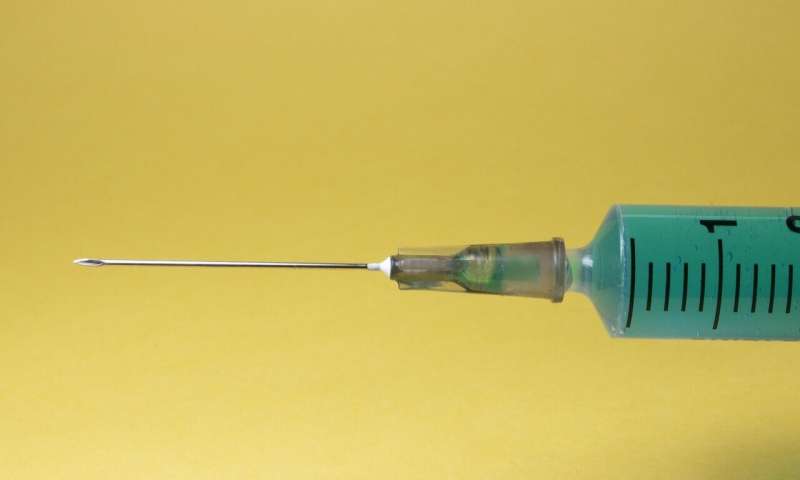Innovative Protein-Mimicking Polymer Aids Heart Recovery Post-Heart Attack

Researchers have pioneered a groundbreaking injectable therapy designed to enhance tissue repair and reduce the risk of heart failure following a heart attack. This novel treatment involves administering a specially engineered protein-like polymer (PLP) via intravenous injection immediately after a cardiac event. The therapy works by simultaneously activating the body's immune response to foster tissue regeneration and safeguarding heart muscle cells from death. In preclinical studies conducted on rats, the treatment demonstrated remarkable results, showing improved heart function and significant healing in heart tissue even five weeks after administration.
Developed collaboratively by bioengineers at the University of California San Diego and chemists at Northwestern University, the approach is detailed in the journal Advanced Materials. According to lead researcher Karen Christman, a professor at UC San Diego, preventing post-heart attack heart failure remains a critical unmet medical need, and this therapy aims to intervene early to preserve cardiac health.
The platform functions by blocking the interaction between KEAP1 and Nrf2 proteins. Under normal stress conditions, KEAP1 degrades Nrf2, impairing cellular resistance to inflammation. Post-heart attack, this degradation process hampers tissue healing. The PLP mimics Nrf2, binds to KEAP1, and prevents it from degrading the natural Nrf2, thereby promoting cellular resilience and healing.
Animal studies involved injecting rats with the polymer shortly after induced heart attacks. Follow-up MRIs revealed enhanced cardiac function and greater tissue regeneration in treated animals compared to controls. Genes associated with tissue repair were also more actively expressed. Currently, researchers view this as a proof-of-concept that paves the way for further optimization before moving to larger mammals.
This innovative approach targets fundamental cellular processes and could potentially extend to treating other diseases characterized by inflammation and tissue damage, such as macular degeneration, multiple sclerosis, and kidney disorders. The therapy exemplifies a new direction in molecular medicine, utilizing engineered polymers to modulate critical protein interactions within cells.
The development of this therapy was led by Gianneschi during his tenure at UC San Diego, continued at Northwestern, and highlights the promise of targeting intracellular protein interactions to treat complex conditions. Future research will focus on improving dosage, safety, and efficacy to bring this promising therapy closer to clinical application.
Stay Updated with Mia's Feed
Get the latest health & wellness insights delivered straight to your inbox.
Related Articles
Hepatitis B Vaccination for Newborns Significantly Reduced Childhood Infections in the US
The hepatitis B vaccination given to all newborns in the US has nearly eradicated childhood infections, saving many from lifelong liver disease. Learn about the importance of early vaccination efforts and ongoing prevention strategies.
Potential of Glycoprotein Reelin in Treating Leaky Gut and Severe Depression
Research from the University of Victoria suggests that the glycoprotein reelin may offer new hope for treating both leaky gut syndrome and severe depression by restoring gut integrity and improving mood symptoms.
Study Links Physical Frailty to Increased Risk of Dementia
New research indicates that physical frailty significantly increases the risk of developing dementia, highlighting the importance of early detection and management of frailty to promote cognitive health.



